Search
Summary
Loading AI-generated summary based on World History Encyclopedia articles ...
Answers are generated by Perplexity AI drawing on articles from World History Encyclopedia. Please remember that artificial intelligence can make mistakes. For more detailed information, please read the source articles
Search Results
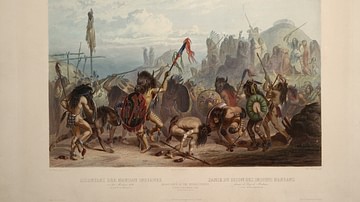
Image
Bison-Dance of the Mandan Natives
Bison-Dance of the Mandan Indians in front of their Medecine Lodge. In Mih-Tutta-Hankush, illustration by Karl Bodmer from the book Maximilian, Prince of Wied's Travels in the Interior of North America, during the years 1832–1834...

Image
Funeral Scaffold of a Sioux Chief near Fort Pierre
Funeral Scaffold of a Sioux Chief near Fort Pierre, aquatint on paper by Karl Bodmer, plate 11 from Volume 2 of Maximilian, Prince of Wied's Travels in the Interior of North America, 1844.
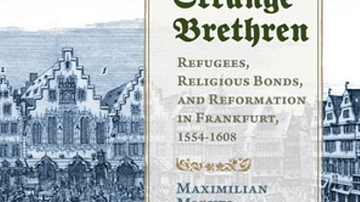
Image
Cover: Strange Brethren: Refugees, Religious Bonds, and Reformation in Frankfurt, 1554-1608
The cover of Strange Brethren: Refugees, Religious Bonds, and Reformation in Frankfurt, 1554-1608 by Professor Maximilian Miguel Scholz. (Association of University Presses)
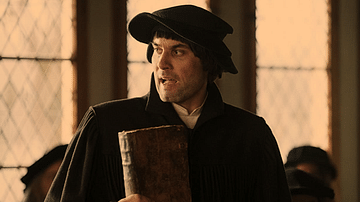
Image
Zwingli Preaching
Maximilian Simonischek as Huldrych Zwingli (1484-1531) in the movie Zwingli (2019).
© Ascot Elite
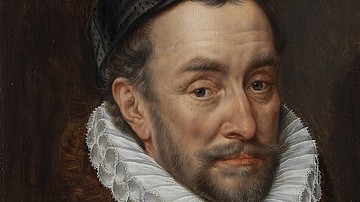
Definition
William the Silent
William the Silent (l. 1533-1584, also known as William of Orange) was the leader of the Dutch Revolt (the Eighty Years' War) in the Netherlands; first politically (between 1559-1568) then militarily (between 1568-1584). He is among the most...
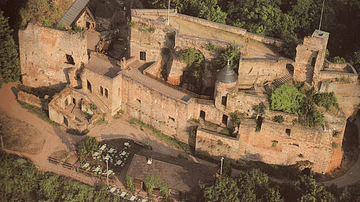
Definition
Knights' Revolt
The Knight’s Revolt (1522-1523) was a military action led by the German imperial knight Franz von Sickingen (l. 1481-1523) and encouraged by the knight and writer Ulrich von Hutten (l. 1488-1523) launched to restore the status of the imperial...
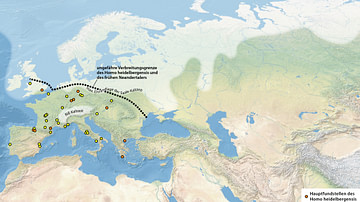
Image
Homo Heidelbergensis & Early Neanderthal Fossil Sites
Map showing fossil sites of Homo heidelbergensis and early Neanderthals.
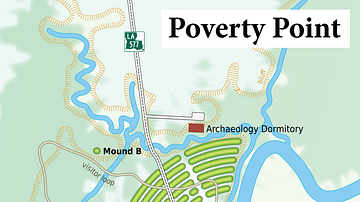
Image
Poverty Point
Map of the Poverty Point archaeological site, Louisiana.

Image
Map of Bronze Age Akrotiri
Map of Akrotiri in the Bronze Age, ca. 1600 BC.
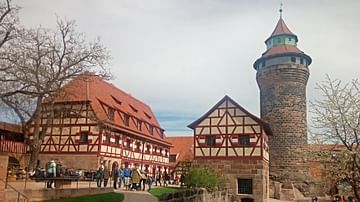
Image
Nuremberg Castle
The Imperial Castle is Nuremberg's landmark, a symbol for the power and importance of the Holy Roman Empire. Nuremberg (Nürnberg), first documented as a royal estate in 1050, was an important base for the domestic power politics during...